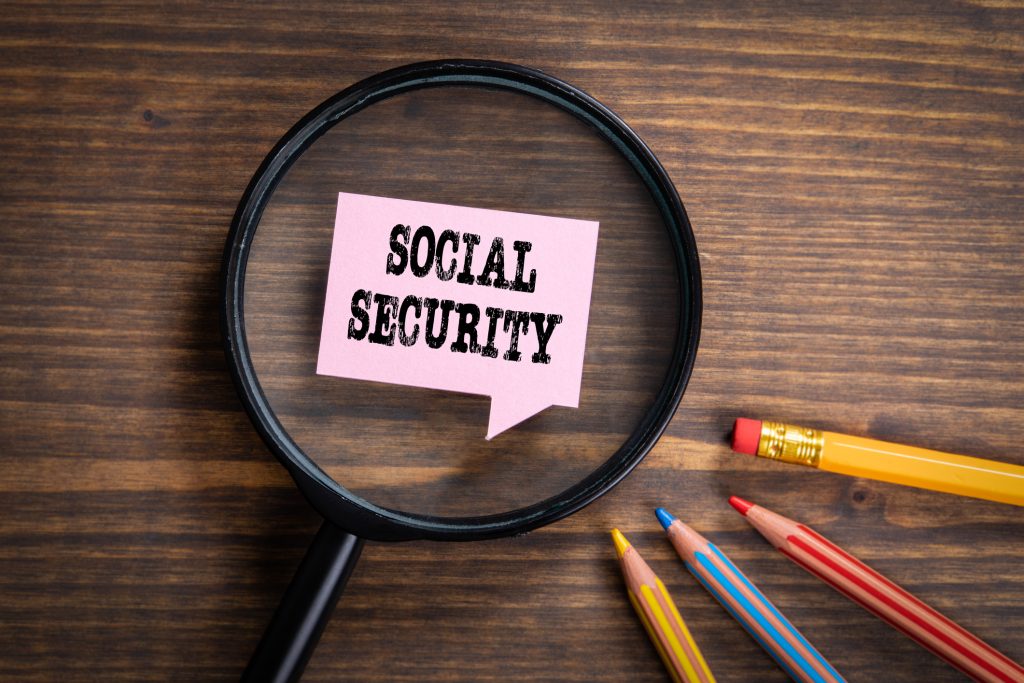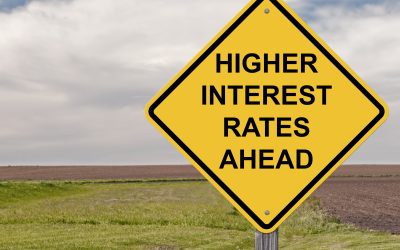
Inflation is on the rise, and Federal Reserve Chairman Jerome Powell recently testified to Congress regarding the Federal Reserve’s commitment to controlling inflation. He admitted that inflation is “well above target” but didn’t indicate any major changes in Fed policy in the near future.[1] Retirees may need to be concerned about inflation, which can eat away at savings and any fixed-income payments they receive, including Social Security benefits. Because of this, we could see a change in how Social Security responds to inflation.
Are Social Security Benefits Adjusted for Inflation?
Most years, Social Security beneficiaries see a Cost of Living Adjustment (COLA) that accounts for inflation. In 2019, the COLA was a relatively high 2.8%, and in 2021 it was 1.3%.[2] However, the Senior Citizens League estimates that the average Social Security benefit has lost a third of its buying power since 2000.[3] This has happened mostly because benefit increases have not kept up with the increasing cost of prescription drugs, food, and housing.
We Could See a Change in CPI Measurement
The Social Security COLA is based on the CPI-W, a price index that measures the cost of goods for urban wage earners. Older Americans often see their biggest expenses increase faster than the CPI-W, such as healthcare and long-term care costs.[4] Because of this, some lawmakers are pushing for a change in how yearly COLAs are measured. The Fair COLA for Seniors Act of 2021 calls for changing the measure to the Consumer Price Index for the Elderly (CPI-E). It weights goods and services retirees tend to spend more on, such as healthcare costs, more than other consumer goods. Whether it passes or not, Social Security beneficiaries could see a higher than normal COLA for 2022. The Senior Citizens League predicts a 4.7% benefit increase for 2022 in anticipation of higher inflation.[5]
How Will You Respond to Inflation?
Today’s retirees must contend with rising inflation, low interest rates, and an unpredictable market. Retirement has changed – have your plans? Even if we never see the inflation rates of the 1970s again, moderate inflation can still have a big effect on retiree’s savings. A 2% inflation rate can eat away at your retirement savings significantly over the course of retirement: After 20 years with a 2% inflation rate, $1,000,000 would only have the buying power of $672,971. Assess your investment strategy and retirement income plan to see if you’re protected against inflation in the long term.
We can help you create a retirement income strategy that includes maximizing your Social Security benefit and helps protect what you’ve earned from inflation and a volatile market. There are so many elements that make up a truly comprehensive retirement plan, and we understand that they’re all tied together. Sign up for your complimentary financial review to learn about what a comprehensive retirement plan looks like.
[2] https://www.ssa.gov/oact/cola/colaseries.html
[3] https://seniorsleague.org/loss-of-buying-power-2/#:~:text=(Washington%2C%20DC)%20Social%20Security,by%20The%20Senior%20Citizens%20League.
[4] https://www.forbes.com/sites/davidrae/2021/07/21/will-congress-change-social-security-cost-of-living-adjustment-is-calculated/?sh=3700ae42373c
[5] https://www.investmentnews.com/soaring-inflation-likely-to-boost-2022-social-security-cola



